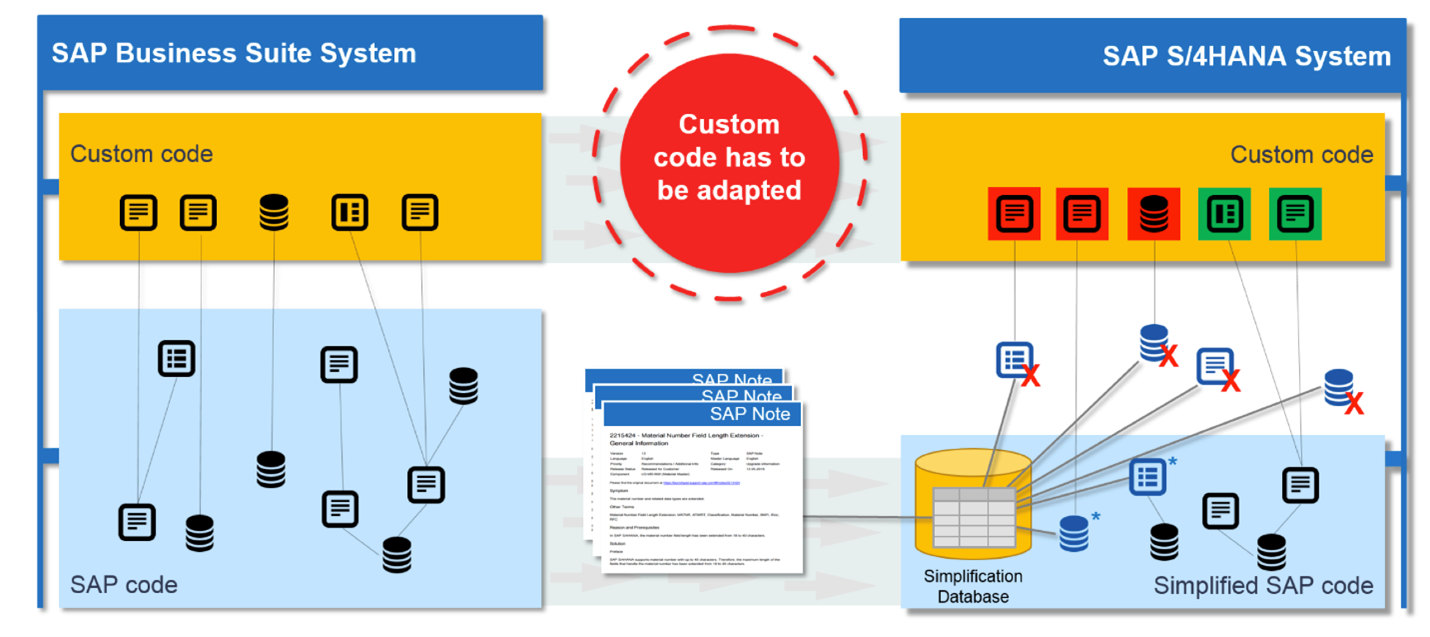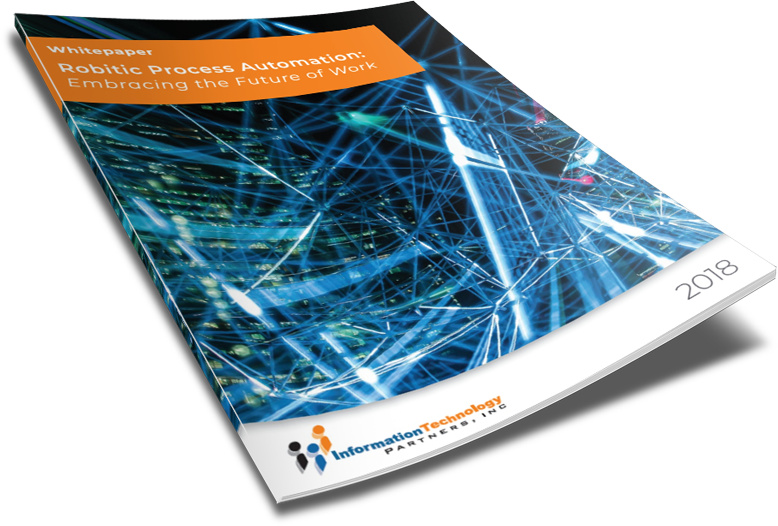TAKE NOTE (Insights and Emerging Technology)

The Defense Department has released its first enterprise-wide data strategy. The 14-page document released Oct. 8 outlines the basis for what will become the DOD’s data commandments to apply to “the entire Department of Defense, and its data, on whichever systems that information resides.”
DOD outlined seven principles in the data strategy, which include general guidelines on data ethics, collection, artificial intelligence training, and access. There are also seven goals with 33 objectives, ranging from making data more visible by developing metadata standards for location and access methods, to making it more secure through data stewards who will assess data classification and test security compliance.
A defense official said a major aim of the strategy and implementation to come will be to map the Defense Department’s entire data enterprise, including every data professional, which would fold under the DOD’s chief data officer.
“One of the things that we’re going to do is establish almost what you could call a list of data commandments that we hope to publish as a complementary decision-type memorandum,” with other documents that will mandate certain behaviors and proficiency, the defense official told reporters in a background briefing ahead of the strategy’s release.
“But we need to identify what even is important data in the department. We have so much data that if we tried to save and carry it at all, it would be a fool’s errand and we need to understand which parts are the most important for our business units.”
DOD’s biggest challenge to implementing such broad strategies is organizing the capabilities and people it already has to achieve its data goals in 10 years, the defense official said.
“I would hope it doesn’t take us 10 years to establish all of this,” the official said. “I think you’ll see us accelerate that timeline,” which includes strategically sunsetting legacy systems.
Interested in learning more about RPA? Download our FREE White Paper on “Embracing the Future of Work”
UNDER DEVELOPMENT (Insights for Developers)
Migrating Custom ABAP Code to SAP S/4HANA

The Custom Code Dilemma
SAP applications are around for quite some time now and so is the option and need to extend them. SAP took care of this and offered many extension mechanisms within the underlying ABAP technology stack. In addition, the ABAP platform itself served as a strong workhorse to build custom-specific functionality and apps collocated to the SAP core system…
Unfortunately, this came at a price; due to different reasons, the solutions were coupled more or less closely to the SAP core (in the worst case modified the core) and upgrades of SAP systems became an issue for many companies. Consequently, upgrades were not a regular task at customer sites but took place irregularly and customers could not make use of recent innovations (in the broadest sense) delivered by SAP. This had and has a negative impact on every user of the SAP starting from business over development to operations.
As we move forward to SAP HANA, we still need the ability to extend capabilities. If our first move is to be SoH (Suite on HANA), well since the core suite is the same and ONLY the underlying database has changed, many of the adaptions via the Enhancement Framework will remain. Granted there may be some post migration clean up and/or refactoring to change the custom objects to utilize the new 7.5 ABAP structure and the “Push Down” paradigm and along with these probably some custom ABAP code. But what about SAP S/4 HANA?
SAP S/4 HANA is centered on the simplification of different activities in your business. Migrating to this software has now become a question of when xand not if. Even so, clients are apprehensive about making a move to SAP S/4 HANA. This is because most cannot figure out how to handle all the custom ABAP codes they have accumulated over time.
The following are a few guidelines that will ease the migration of your custom code ABAP code to the SAP S/4HANA.
Understand The Evolution of SAP S/4 HANA
The SAP S/4HANA is the culmination of a process that SAP started in 2010 with the introduction of the HANA database. SAP HANA had massive parallelization capability and quick in-memory access. With the advent to a new fully re-coded business suite that runs only on the SAP HANA database. SAP upgraded its underlying ABAP server code to support the HANA database. SAP redesigned most applications on three key design elements.
Lets define these…
- Speed: System performance is significantly improved through the use of the push-down concept by SAP S/4HANA that moves low-level data into a database layer. This is because of the refactoring of the ABAP layer into stored procedures, advanced SQL, among other development artifacts. The refactoring, in turn, speeds up the system.
- Simplification: Through the years, SAP has bent some rules to maintain the system’s performance at optimal levels. This often led to several compromises that consequently made the system a bit complex. The SAP S/4 HANA has cleaned up the data model application design used and in so doing, significantly simplified the data processing.
- New functionality: SAP S/4 HANA has opened doors to some innovative functions that did not exist before. You, for instance, now have real-time simulations that have replaced overnight batch runs. The new functionalities are in addition to the renovation of some of the functions on SAP HANA.

With a realization of what SAP S/4HANA entails, you should evaluate the amount of custom code you have and if it needs adapting to the system. While you might have considerable data to work through during your migration, you need not do it manually. SAP now has several tools you can use to list your custom ABAP inventory. Some of the standard tools you can use to do this include…
– Dig Deeper –
SAP S/4HANA
Custom Code Adaption
Q&A (Post your questions and get the answers you need)

Q. What are simplification items in S/4HANA?
A. very release of S/4 has a simplification List. Here is one for S/4HANA 1909. To your question, a simplification list contains simplification items, which informs about the business and technical impact of that specific release. The Simplification List describes the potential adaptation work that is required to convert your SAP ERP system to SAP S/4HANA at a functional level. Simplification items illustrate the business adaptation requirements and effects to custom developments for each function described. For more complex modifications, the Simplification Items provide the relevant guides to support your transformation.
A simplification item has a simplification category and provides information about potential impacts for the customer. Lets look a bit closer…
A Simplification Item consists of the following elements:
Business Impact Note:
The Business Impact Note describes how that particular Simplification Item impacts the system as well as the business processes.
Source Release and Target Release:
The source and target release outline the basic relevant information; For instance, an item is said to be relevant if the customer comes from the source release and goes to the target release maintained in that Simplification Item.
Check:
Checks in a Simplification Item provides more relevant information like table checks for certain content, activated business functions etc. In addition, if a Simplification Item is relevant, you can also check the consistency. In other words, the check analyzes the prerequisite conditions in the system.
Further, SAP has updated the Simplification Item Check and it now includes the following:
Relevance check:
This check determines the Simplification Items that are relevant for the specific system in which the Simplification Item check is being executed. This shall help you assess the functional and technical impact of system conversion on your landscape and on your business.
Consistency check:
During the system conversion process, your system migrates to the new data structures and new processes. There must be consistent data in the system for the conversion routines to happen automatically. If the consistency check identifies certain data inconsistencies or missing obligatory preparation activities which may result in the failure of a system conversion process, it will notify you of these issues. This allows you to rectify or exempt them even before the actual system conversion begins.
Typically, each Simplification Item consists of an SAP OSS Note. The OSS Note has the description and details on how to run that Simplification Item. You have to install the OSS Note into the system and run the Simplification Items Check.
There are 3rd party tools available to automate this process.
Cheers!



